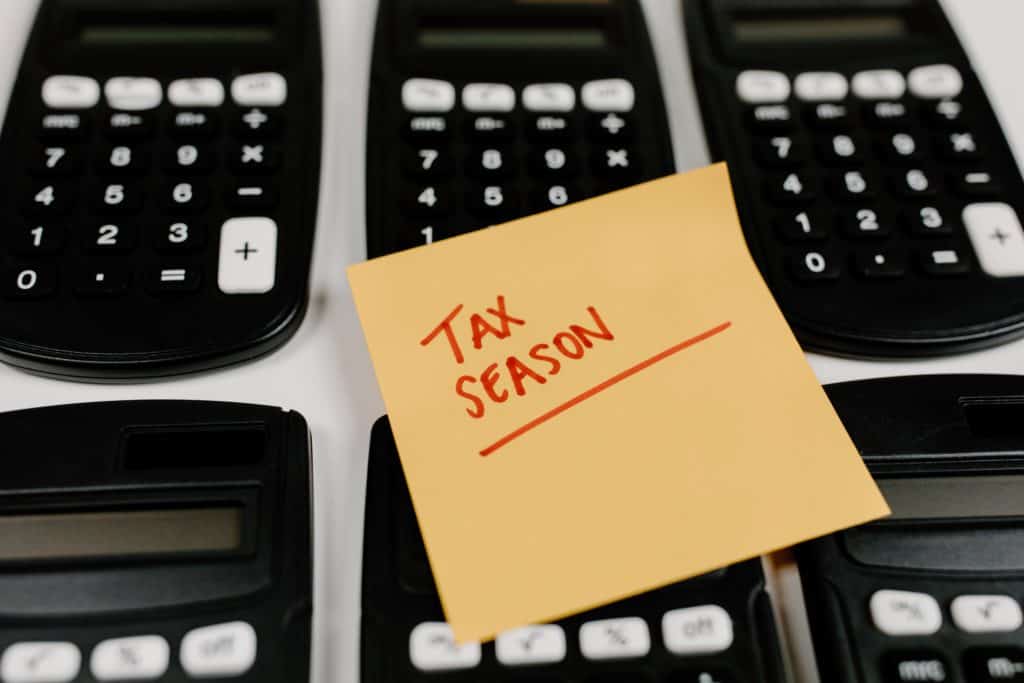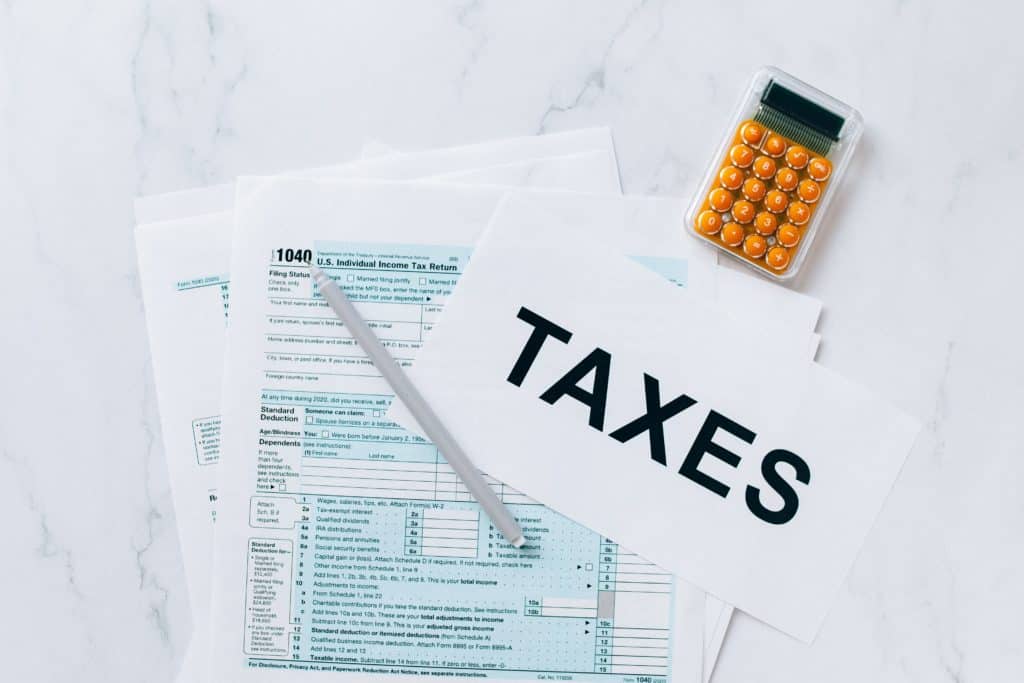How to File Taxes for Personal Trainers
Due to increased access to technology in the past decade, a surge in the gig economy has led many Americans to self-employed and contract work (As an aside, if you’re not currently using contracts as a personal trainer for your clients you most definitely should!).
From boxing trainers to personal trainers, many workers are taking control of their work hours and autonomy. Operating and collecting payments on a local level, the wellness industry represents a sizable demographic of self-employed people – typically, but not limited to, personal caretakers and personal trainers.
Though not limited to this sector, many self-employed people would be surprised to hear they face unique tax obligations, such as filing taxes four times a year rather than once (spoiler, Persona can help you do that automatically). Not receiving W-2’s as compared to salary-employed workers, self-employed people must possess a sense of discipline and care when filing taxes – as many intricacies exist when filing self-employed taxes.
Consequently, the lack of information regarding these obligations leads to many solopreneurs failing to make these payments – resulting in tax penalty fees. Need more info on how to file taxes for personal trainers? Check below. If instead, you’re looking for information on best practices for collecting payments as personal trainers, we’ve got you covered as well.

Trainers File Taxes Four Times a Year (So Do Other Wellness Pros!)
If you already have an established operation or have just started a personal training business you should know this. As taxes are not withheld from their wages unlike the employee counterpart, the IRS requires self-employed individuals to pay quarterly estimated taxes. Though it may prove difficult to determine how much to pay as income can vary on a month-to-month basis, it’s important to estimate how much you owe – as an underpayment in these taxes may result in penalty fees. The penalty rates can fluctuate on a quarter-to-quarter basis, though it is based on the federal short-term rate with an additional 3%.
Form 2210 offers two methods for calculating any owed penalties from tax underpayments. Also, Form 1040-ES, which Persona auto-generates for its users, can provide assistance in estimating quarterly payments if your income varies on a yearly or monthly basis – helping calculate expected tax liability and claim common deductions to save money.
How to file taxes for personal trainers that are self-employed?
Potentially – “self-employed” can refer to people operating in a trade or business as a sole proprietor or an independent contractor. Multiple types of self-employed people exist – ranging from contract workers to freelancers. You can read our full article about personal training contracts. Self-employed people do not receive any wages from any employers, rather earn income through contracts with other businesses or clients directly. Furthermore, people in trade or business partnerships also are considered self-employed. Regardless of whether your business is part or full-time, any “business for yourself” is considered self-employed to the IRS.
What are my tax obligations as a self-employed individual?
If your self-employed business anticipates owing $1000 or more in taxable income, the IRS requires you to file quarterly taxes. Being self-employed, you are required to pay taxes on Social Security, Medicare, and income through an estimated tax with Form 1040-ES, Estimated Tax for Individuals. This is referred to as a self-employment tax – typically consisting of around 15.3% of your self-employed income, with 12.4% of it going to Social Security and 2.9% to Medicare. Additionally, you need to file your annual tax return with a Schedule C Form (which is another form Persona auto-generates for users) – reporting income and loss from your business operations, paid at your income tax rate. Depending on how much personal trainers can make (or any other self employed professional), experts suggest self-employed people save 25 – 30% of their paychecks to cover paying these taxes. When filing quarterly, the following rates apply:
| Payment Period | Due Date: |
| January 1 – March 31 | April 15 |
| April 1 – May 31 | June 15 |
| June 1 – August 31 | September 15 |
| September 1 – December 31 | April 15 |
Despite filing quarterly, self-employed people must still file an annual tax return in the same way employed people do. Payments can be done through the IRS website, the Electronic Federal Tax Payment Service’s voice response system over the phone, the IRS2Go app, or even by mailing or paying in-person through cash or check at a local IRS office.

Calculating taxable income as a business owner, you take the expected annual gross income and subtract your business expenses and any other eligible deductions. you can read our full article about standard expenses for personal trainers For example, if your business makes $75,000 in gross self-employed income and you have $25,000 in expenses, your estimated taxable income would be around $50,000. At the current rate, you’ll be taxed roughly $11,000 in income taxes. Furthermore, the self-employment tax of roughly 15.3% of your net income would bring you an additional $7,650 of taxes. Adding these together, your estimated annual taxes for the year would be $18,650. In this example, as you would owe over $1000 in taxes for the year, this estimated annual tax will be your basis for the quarterly payments – paying roughly $4,700 to the IRS four times in the year.
Can Persona help with my taxes?
Short answer – most definitely yes!
At Persona, as far as the aforementioned tax forms go, we provide automated Schedule C and 1040-ES tax form generation – at no cost. We also let our users automatically pay their quarterly tax payments through Persona, so they have one less thing to worry about.
In addition to that, we also offer what we call a “Tax Bucket”. It is essentially a sub-account for the user, under their full control, where they can allocate a certain percentage of any incoming transaction in order to make sure it’s available come tax season.
Another feature our users find incredibly valuable is the ability to tag expenses as “Business” or “Personal”. This helps each user maximize their business deductibles, making sure they pay significantly less in taxes. So far, Persona users have saved over $100,000 collectively by properly tagging their expenses!
Where can I learn more about how to file taxes for personal trainers?
The IRS offers multiple tools to help self-employed people find information on the topic. For small business owners, the IRS offers an assortment of interactive videos in their virtual workshop to support small business owners in learning their tax rights and obligations. Additionally, their video portal hosts an assortment of videos tailored to helping businesses and individuals learn tax-related information.
For individual taxpayers, the IRS also offers a free helpline to help answer any questions related to any tax obligations at (800)-829-1040 operating from 7 am to 7 pm at your local time a further list of IRS telephone assistance numbers can be found here – though the IRS mentions these service wait times can be high nearing the deadlines of tax-filing seasons. The official US Government website also hosts a small business tax information center to help business owners find information regarding these taxes as well as energy tax incentives or potential tax reliefs in disaster situations.